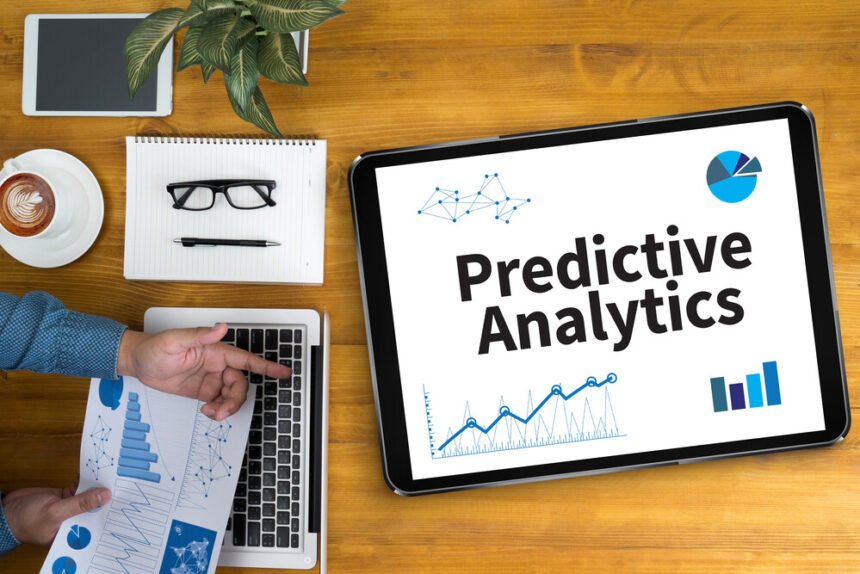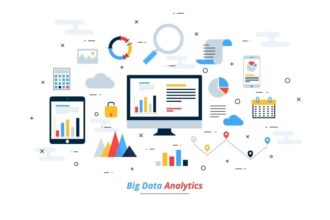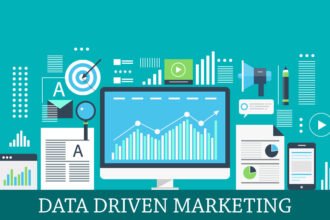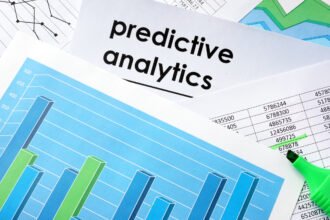From big businesses to smaller operations, predictive software and analytics tools provide immeasurable benefits. Through the ingestion and application of various data points, predictive tools can explain precisely what’s coming with unprecedented accuracy. They can also pour over massive troves of information to reveal hidden insights, potential opportunities and more.
With predictive analysis being so useful, it’s no surprise that estimates place the global market value at $10.95 billion by 2022. Of course, the impact is slightly different from business to business. How it applies and what it might reveal in marketing, for example, is entirely separate from what it might show in the distribution process.
It begs the question, how do predictive analytics tools influence distributors, specifically?
1. It Enables Real-time Production
Real-time is a buzzword in most cases, but here it wholeheartedly applies. Real-time data intrinsically stems from an up-to-date and endless information stream. The data flowing is on the bleeding edge, so it gives a clear picture of what’s happening on the frontline.
In distribution, real-time streams enable the option to interact and make decisions — in a split second — that affect the future. For instance, development can be scaled up or down instantly to react to changes in demand. It allows for unprecedented efficiency in production that anticipates, not just responds to, the market. Data is the lifeblood of any successful business, and real-time solutions provide continuous sources.
Seamlessly incorporating raw data into ongoing operations is no small feat. It’s best to establish not only the tools but additional resources foundationally, including supportive teams that can take the insights and put them into action. Swapping major systems to IoT-powered tech, for example, won’t happen overnight. Yet, the data such an achievement can provide is near limitless, so it’s certainly worth the effort.
2. It Provides a Competitive Advantage
Organizations that utilize predictive analytics have a significant advantage over competitors, especially when it concerns market trends and preparation. Predictive analytics provide insight into what’s happening through the ingestion of data, which, in many cases, already exists. Most companies collect a nearly endless supply of digital information. However, analytics tools study and make use of it — they make it more practical.
By tapping into not just customer data but also market and company performance insights, distributors can get a leg up on what’s happening at any given time. Organizations can identify shortages, supply chain issues and shifts in demand in real-time.
3. It Identifies Instances of Fraud
Distributors regularly deal with fraud and counterfeit goods. Theft is another major concern, especially for global operations. Luckily, predictive analysis can fight against fraud by putting a spotlight on anomalous behavior and events.
Incoming data is analyzed, in full, to provide a clear picture of behaviors and events. It’s much easier to spot unwieldy trends, which indicates whether fraud or theft is happening along the course of a journey. Distributors can see precisely where an item is going missing, for example, and just how much of a product or supply is affected. The result is an ideal channel of insights that allow organizations to cut down on fraud, theft and other erroneous problems.
By applying unusual finds to known market insights, organizations can discover not just who is responsible but also ways to prevent such events from happening in the future.
4. It Allows for Commercial Planning
It’s no secret that, in the world of distribution, certain events happen that can directly affect the performance and revenue of a business. Mergers and acquisitions, for example, can put a considerable dent in client relations. A previous partner may no longer be viable, and it’s a change that can happen almost without warning. That is, without predictive analytics tools in place.
Predictive analytics can also discern how a relationship might play out with potential partners, revealing when an acquisition might be problematic. The tools can highlight risks involved in a business relationship, and even locate or propose new partner opportunities.
5. It Reveals Future Events
The novel coronavirus is an excellent example of current events significantly impacting the supply chain and the greater market. One of the most instrumental benefits of predictive tools is that they not only help understand but also estimate what’s going to happen during a given period. Almost no one could have predicted that toilet paper was going to be such a commodity during this particular event, unless, of course, they used trending data when it first started.
The beauty of predictive models is that they can plan for and provide the necessary information to deal with such events long before they play out. In other words, predictive analytics can build a model or scenario using current performance data, market trends and human behavior. It can model current events and help distributors plan for what’s coming, well outside the boundaries of what’s considered normal.
Predictive Analysis Is Essential
Undoubtedly, predictive analytics tools and solutions are “mission-critical” and downright essential to achieving success in today’s ever-evolving world. In the distribution field and supply chain, specifically, they can provide a great many insights for dealing with market and consumer trends, potential problems and much more. They also offer a reliable and robust method for dealing with fraud and theft.
Furthermore, these tools provide a significant competitive advantage when up against other providers that don’t use the technology or do so inadequately — which is more common than one might think.










